Please remember, if you need assistance or have any questions, call us on 0330 223 6336 or drop us an email at sales@defibworld.org
In the midst of routine school days filled with classes, sports activities, and playground games, it’s easy to overlook the importance of preparedness for health emergencies. Yet, sudden cardiac arrest (SCA) can strike anyone at any time – including young students and staff members. Having defibrillators in schools has become a vital component of ensuring student safety, especially with the rise of cardiac-related incidents among youth.
Why Are Defibrillators Critical in Schools?
Sudden cardiac arrest is often associated with adults, but statistics show that it can affect children and teenagers as well. In fact, SCA is one of the leading causes of death in young athletes and students. Having Automated External Defibrillators (AEDs) in schools can dramatically improve the chances of survival in such emergencies.
Studies show that every minute after an SCA decreases the chances of survival by 10%, but immediate access to a defibrillator can double or triple survival rates. When it comes to saving lives, rapid response is vital, and having an AED readily available in schools can make all the difference.
The Need for AEDs in Schools
- Growing Number of Cardiac Cases Among Youth
Cardiac events are no longer rare among young people. Congenital heart conditions, undiagnosed heart issues, and even trauma during physical activities can lead to sudden cardiac arrest. In such cases, time is critical, and having a defibrillator nearby can mean the difference between life and death. Schools, with their high density of students and staff, must be prepared for the unexpected. - Sports and Physical Education Risks
Sports and physical activities, though necessary for students’ development, can put some students at a higher risk for cardiac emergencies. Student-athletes, in particular, are more susceptible to SCA during strenuous activities. This makes AEDs a necessity in gymnasiums, sports fields, and any location where physical activities take place. - Immediate Response Saves Lives
Emergency medical services (EMS) are crucial, but even the fastest response time may not be quick enough to save someone experiencing cardiac arrest. Immediate access to a defibrillator increases survival chances significantly. With training and AED placement in schools, students, teachers, and staff can respond promptly before professional medical help arrives.
How AEDs Work and Why They’re Essential in Schools
Automated External Defibrillators (AEDs) are designed for use by non-medical personnel. They are user-friendly, providing voice prompts and instructions to guide users step-by-step through the process of delivering a shock to restore the heart’s normal rhythm. AEDs analyse the heart’s rhythm and determine whether a shock is necessary. These devices are crucial during the critical moments following a cardiac arrest.
Schools should ensure that AEDs are:
- Visible and Accessible: AEDs should be placed in easily accessible areas such as hallways, gymnasiums, and cafeterias.
- Regularly Maintained: Routine checks and maintenance ensure AEDs are ready for use in case of emergencies.
- Accompanied by Training: Teachers, staff, and even students should be familiar with AED use through regular defibrillator training.
Legal Requirements and Funding for AEDs in Schools
In some countries and regions, laws mandate the presence of defibrillators in schools. For instance, in certain U.S. states, legislation requires public schools to have AEDs on-site. Additionally, many governments and organisations offer grants or funding options to help schools afford this life-saving equipment.
Schools can benefit from looking into such programmes to ensure they meet safety standards and provide optimal protection for students and staff.

- 18 October 2024
Where It Matters Most: Home, Sweet Home
When people think of cardiac arrests, they often imagine high-stakes drama in public places: a gym, a restaurant, or maybe a crowded sports stadium. But here’s a shocker: 80% of cardiac arrests happen at home. That’s right—in the very place you feel the safest.
If you think defibrillators are only necessary in public spaces, think again. Having one in your home might be the difference between life and death. Defib World ensures families understand this by offering easy-to-use home defibrillator models. The goal? Empower people to take control of their own safety and be prepared for the unexpected.
The 5-Minute Window: Race Against Time
The first five minutes after a cardiac arrest are make-or-break. It’s during this window that defibrillation can turn a dire situation around. Studies show that defibrillation within 3-5 minutes boosts survival rates to as high as 75%. That’s not just a statistic—it’s a lifeline.
Think of it this way: every home and public space should have a defibrillator, just like fire alarms. It’s about creating a culture of readiness. Defib World provides the technology and spreads awareness of the importance of knowing where your nearest AED is and how to use it. It’s about making those critical minutes count.

Your Next Move: Be The Unexpected Hero
We all love stories about everyday heroes who stepped in during a crisis and saved a life. But those aren’t just tales from TV dramas. They’re real, and they happen more often than you’d think.
Take the story of a local sports coach who used a defibrillator to revive a player during a match. Or a neighbour who saved someone in their residential complex using the defibrillator installed in the building’s common area. These stories prove that it’s not just the technology that matters—the people who are prepared to act.
With Defib World, you can be that person. Through regular community training sessions, they make sure you’re not just a bystander—you’re the game-changer.
The Future Is Here: Smarter, Faster, Easier
The defibrillator of today is already a marvel of technology, but guess what? It’s only getting better. The next generation of defibrillators could communicate with emergency services, sending real-time data about the patient’s condition before the paramedics even arrive. Talk about teamwork.
At Defib World, the focus isn’t just on making defibrillators available. It’s about constant improvement—finding ways to make these devices more intuitive, portable, and accessible. The vision? A world where defibrillators are as common as smartphones and just as easy to use.
Are You Ready to Save a Life?
Here’s the heart of the matter: defibrillators save lives, but only if they’re used quickly and correctly. Having a defibrillator nearby isn’t enough, whether at home, work, or community. You have to be ready to use it.
Defib World is more than just a provider of cutting-edge technology. It’s a movement bringing knowledge, confidence, and life-saving tools into the hands of everyday people. Every success story reminds us that the power to save a life can be right before us.
So here’s the real question: Are you prepared?
Category: Cardiac Health Awareness
Information on cardiac arrest, the bystander effect, and related topics.

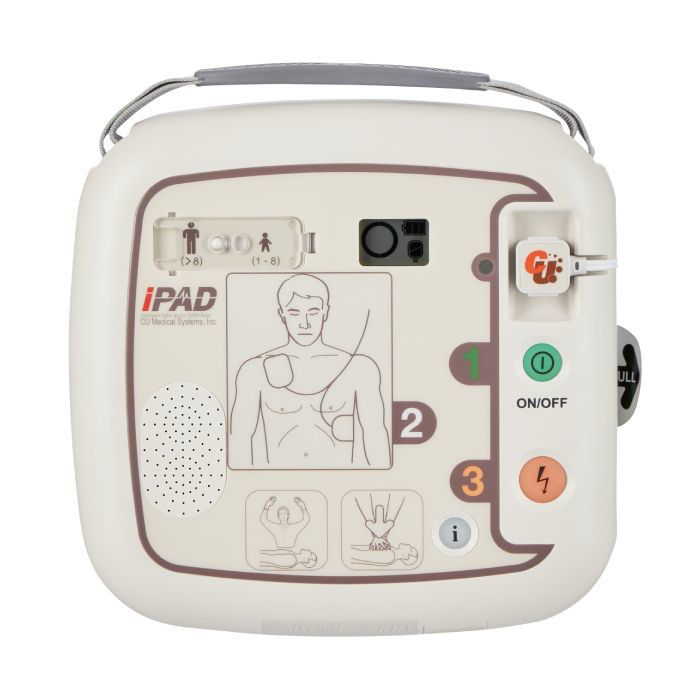
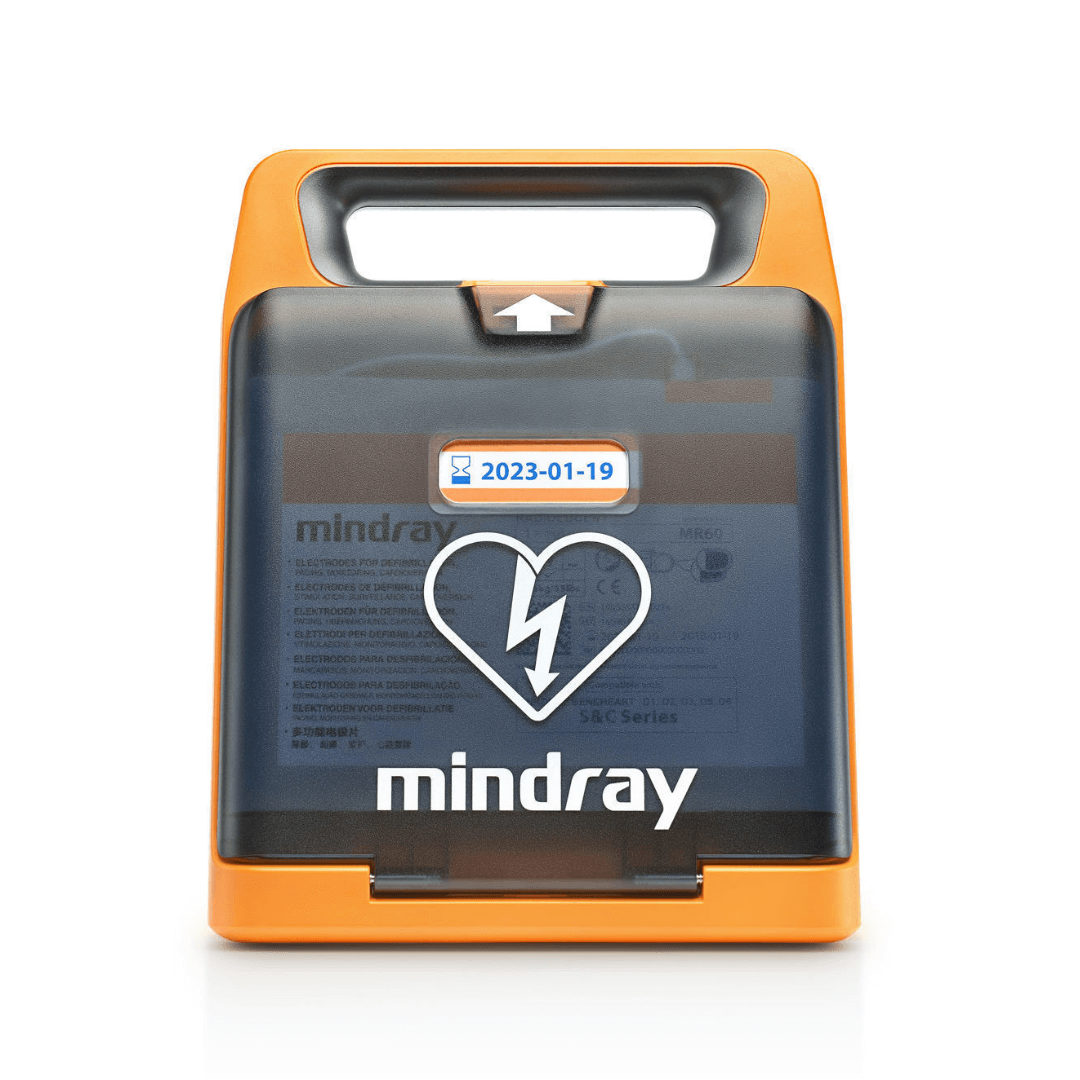

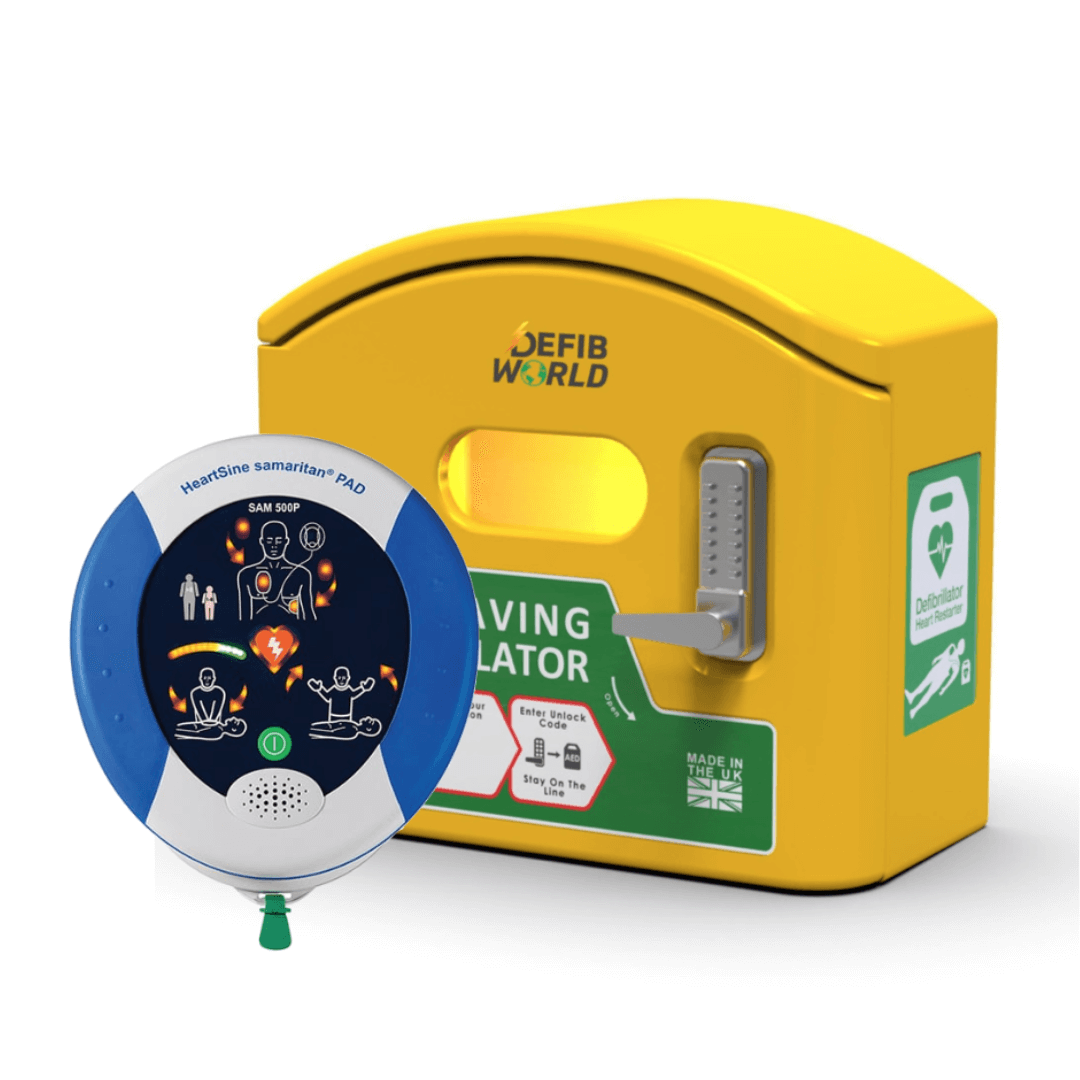









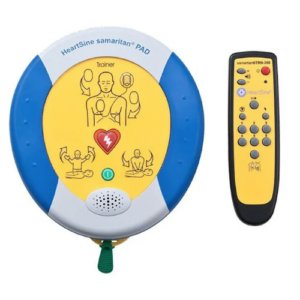


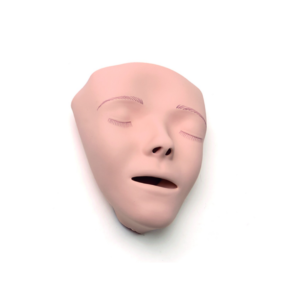























.svg.png)












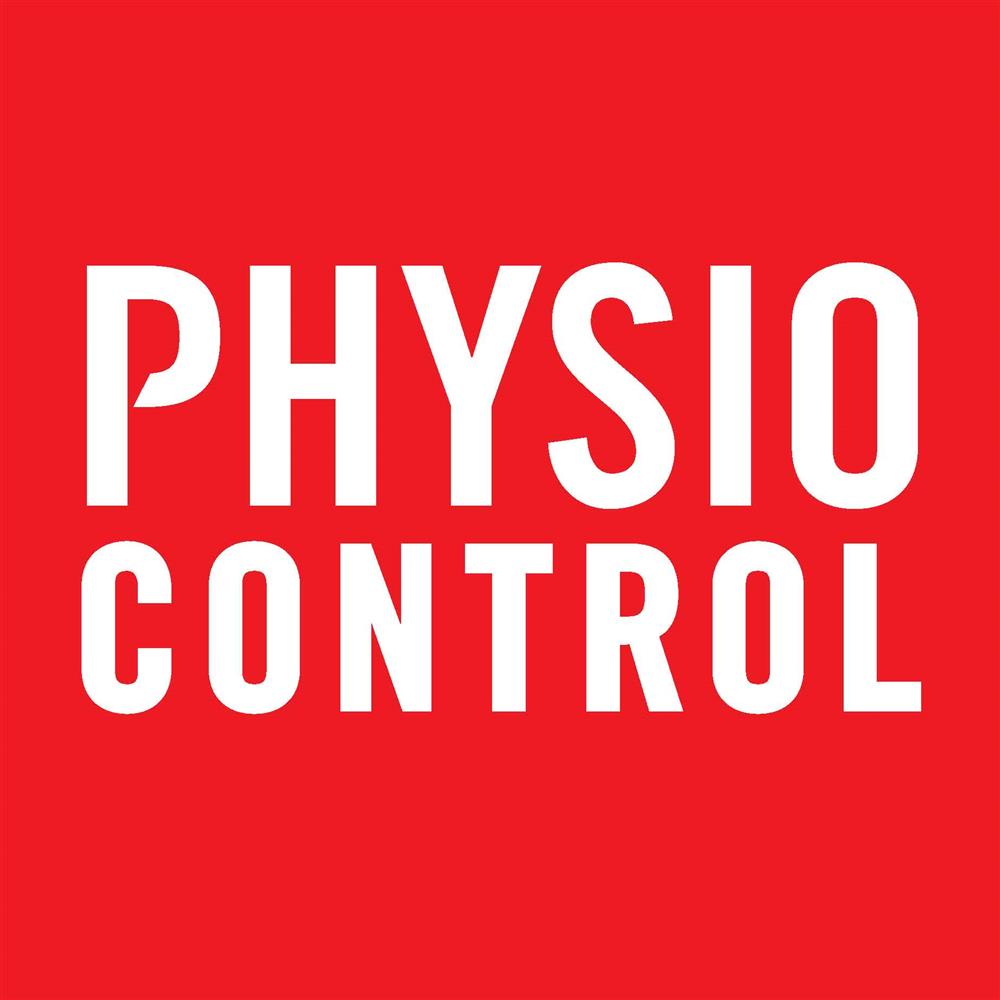




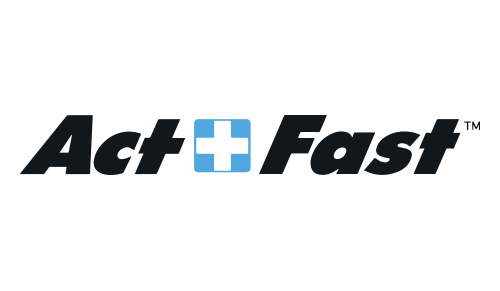







.jpg)




